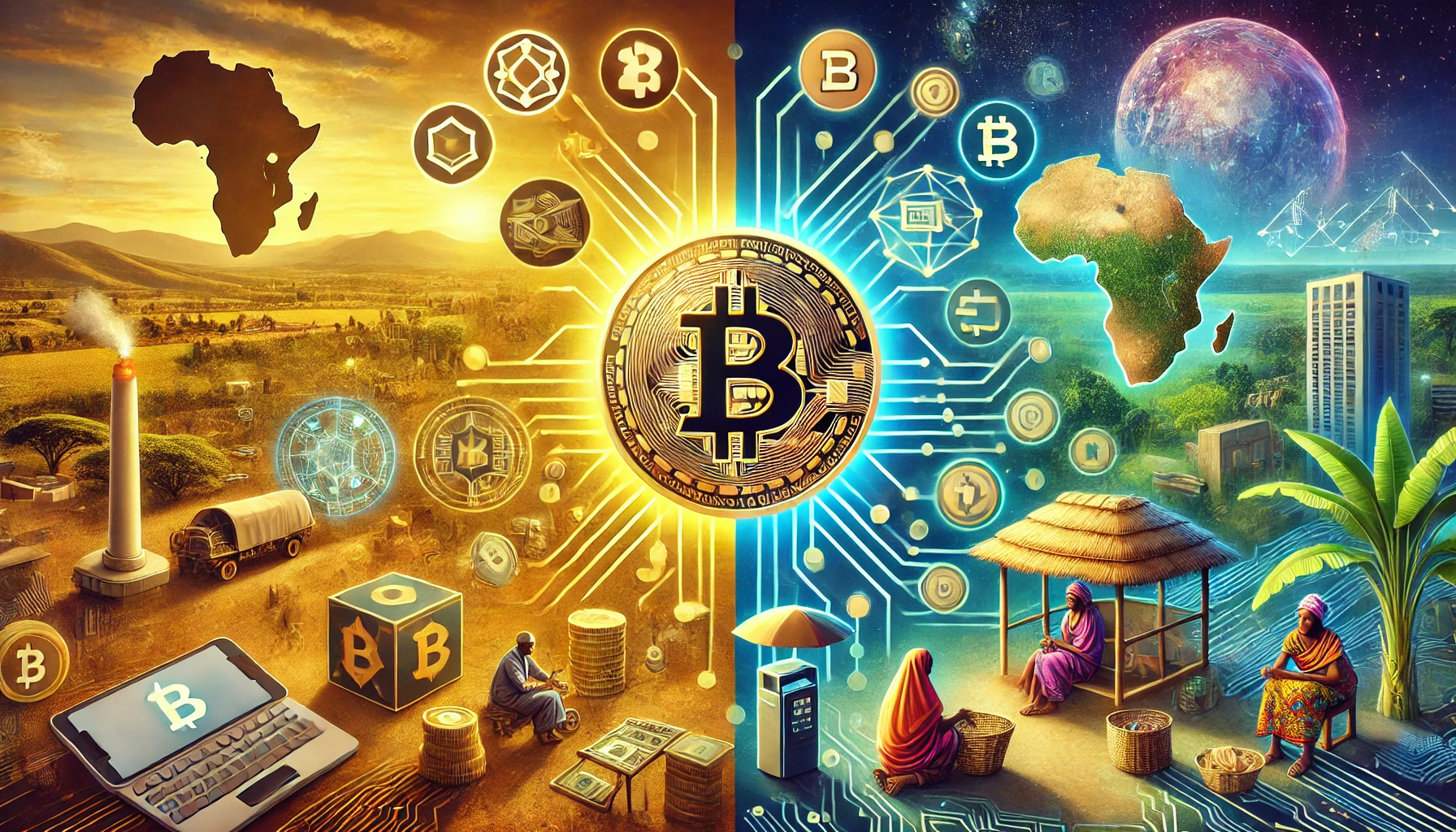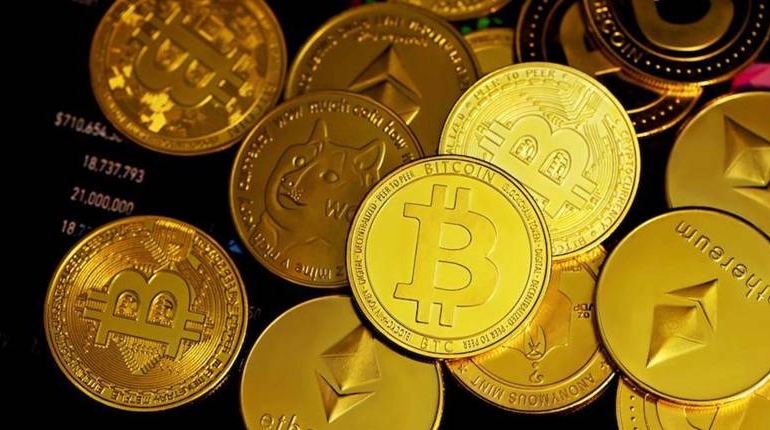
Crypto vs. Mobile Money: Which Holds the Key to Africa’s Financial Inclusion?
In rural Kenya, Mary Njeri pays for groceries with a few taps on her basic mobile phone, joining the 33% of adults in Sub-Saharan Africa who utilize mobile money accounts, a figure that dwarfs the global average of 10%.
Meanwhile, in Lagos, tech entrepreneur Chibueze Ugo trades cryptocurrency worth thousands of dollars on his smartphone.
While 49% of adults in Sub-Saharan Africa have an account, showing a rate that has more than doubled since 2011, this number varies greatly by country, from 6% in South Sudan to 91% in Mauritius.
These two faces of African finance tell a complex story about the continent’s path to financial inclusion, which has grown significantly in Nigeria from 56% in 2020 to 64% in 2023.
Despite the progress, a gender gap persists, with only 49% of women having access to accounts compared to 61% of men.
Mobile money transformed African finance like a quiet revolution. M-PESA, Kenya’s mobile money pioneer, handles transactions worth more than half the country’s GDP. The concept works because it meets people where they are. You don’t need a smartphone, internet, or even a bank account.
In Ghana, mobile money accounts outnumber bank accounts three to one. Uganda reports similar statistics, has it reaches areas where traditional banks never ventured. Like a network of digital roads, its infrastructure connects millions to basic financial services.
However, cryptocurrency advocates see limitations in this system as they think that mobile money keeps us inside national borders. According to them, crypto breaks these barriers, takes minutes and costs pennies. Traditional transfers take days and eat up fees.
The trust factor plays differently across the continent. Mobile money earned trust through association with established telecom brands and clear government oversight.
Cryptocurrency faces steeper challenges. People understand mobile money because it’s tangible – they see shops displaying the signs, and they know agents in their community. To many Africans, crypto still feels abstract.
Yet crypto solves unique problems. In Zimbabwe, where hyperinflation devastated savings multiple times, cryptocurrency offers a way to preserve value. South Sudanese refugees use crypto to carry their wealth across borders without physical cash.
The education gap remains significant. Mobile money requires basic numerical literacy. Cryptocurrency demands an understanding of digital wallets, private keys, and market dynamics.
“So with that project like this can help people because if you can have the information at your fingertips,” says Mahmoud Muhammad Sardauna, Chief Executive Officer of Bitkova Academy. “So once they know any source where they can get information about these particular things, they will be willing to learn about it” Bitkova Academy teaches cryptocurrency knowledge in the Hausa Language.
Infrastructure tells another story. Mobile money works on any phone with a signal. Cryptocurrency needs reliable internet and typically smartphones – resources still scarce in many African regions. In some rural areas, mobile money works even when the power’s out. That matters more than any technical advantages crypto might offer.
Regulations shape both narratives. Mobile money operates under clear rules in most African countries. Cryptocurrency faces varying responses – from Nigeria’s initial restrictions to the Central African Republic’s bold bitcoin embrace. This regulatory uncertainty affects adoption and investment.
Cross-border payments highlight the tension between these technologies. Mobile money excels within countries but struggles across borders. Cryptocurrency shines in international transfers but faces adoption hurdles for local transactions. The ideal solution might combine both. Mobile money’s accessibility with crypto’s borderless capabilities.
Innovation continues on both fronts. Mobile money platforms add features like savings accounts and loans. Cryptocurrency developers create simpler interfaces and solutions for offline transactions. Some startups even bridge the gap, allowing users to swap between mobile money and crypto seamlessly.
The path to financial inclusion in Africa might not require choosing between mobile money and cryptocurrency. Each serves distinct needs and user groups. Mobile money brought millions to their first financial accounts. Cryptocurrency opens new possibilities for cross-border trade and value preservation.
Looking ahead, success likely lies in collaboration rather than competition. Mobile money’s established networks could provide on-ramps to crypto services. Cryptocurrency’s global infrastructure could enhance mobile money’s international capabilities.
The key to Africa’s financial inclusion isn’t picking winners – it’s understanding how different tools serve different needs. Financial inclusion isn’t about technology choices. It’s about giving people options that work for their lives.
What matters most? Mary can still buy groceries with her basic phone, while Chibueze explores global markets with his crypto trades. Each represents a valid path to financial inclusion, suited to different needs and capabilities.


